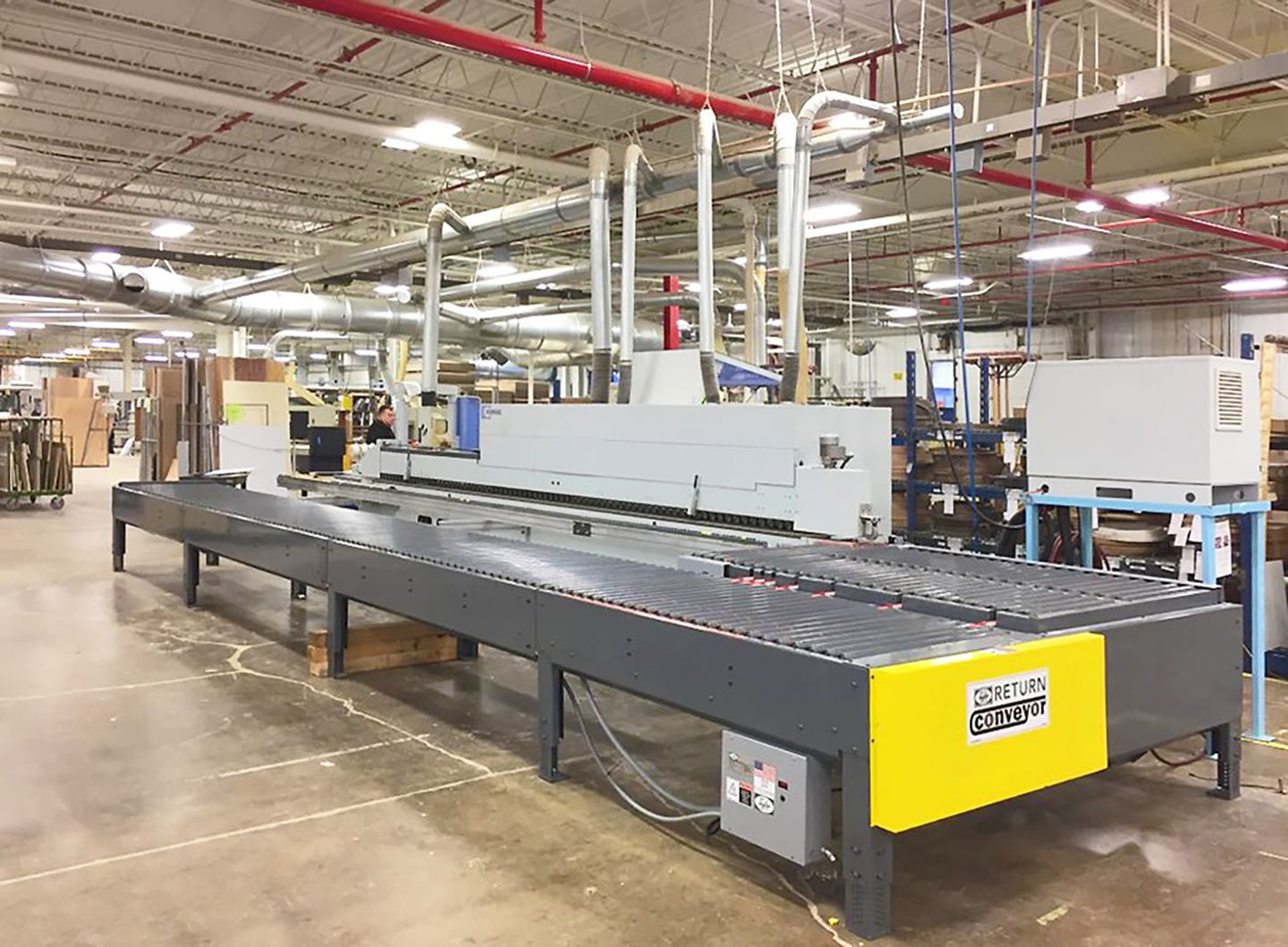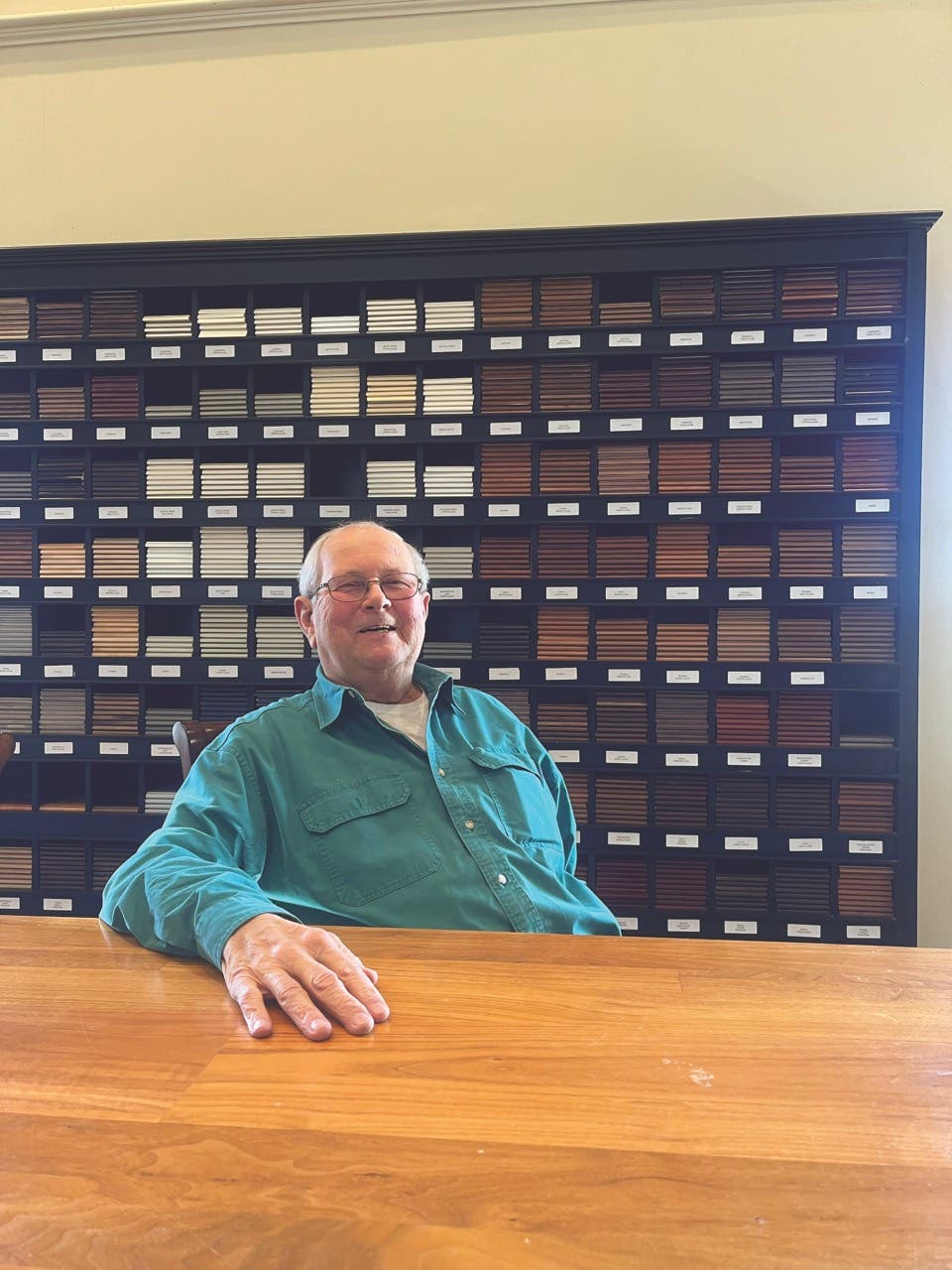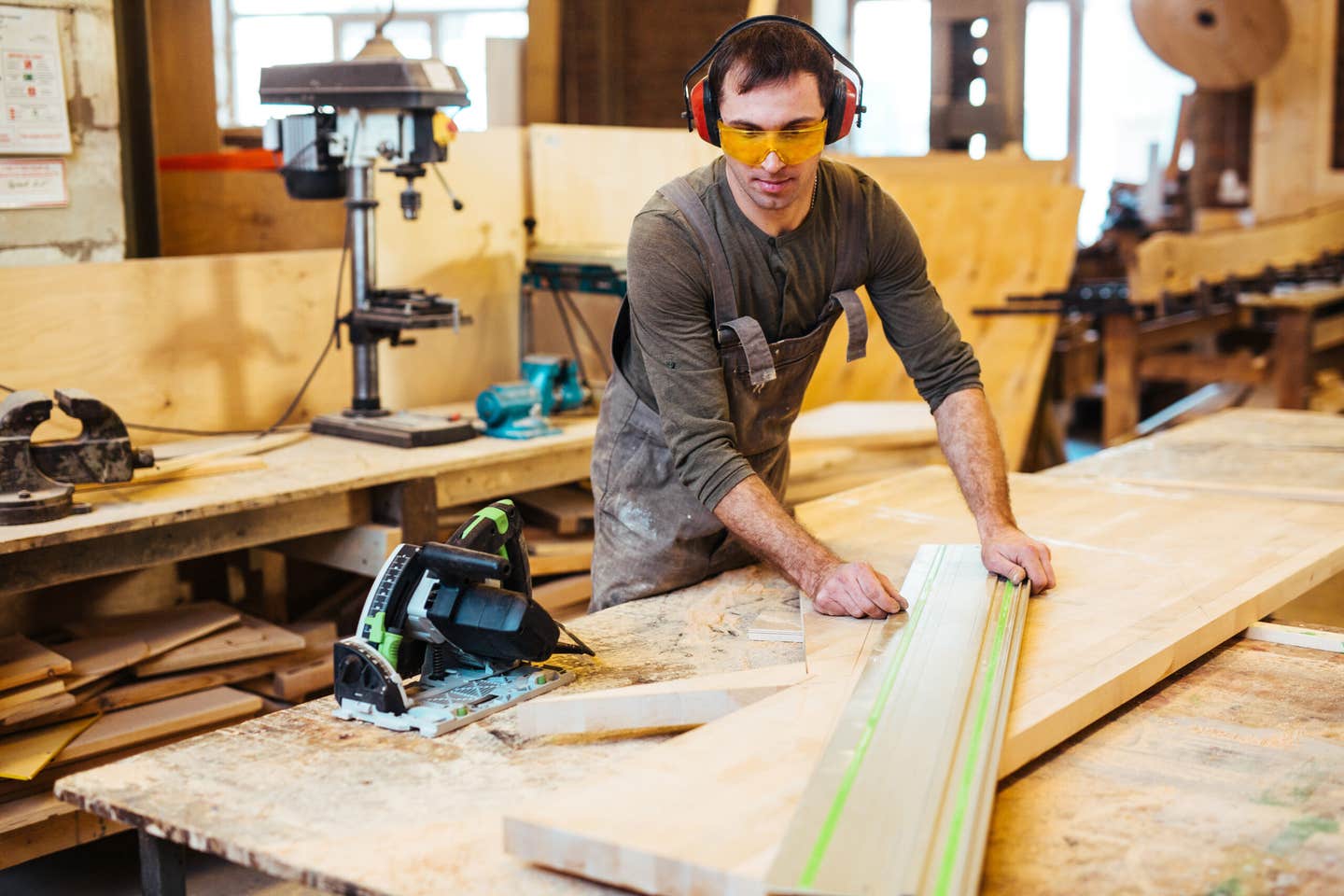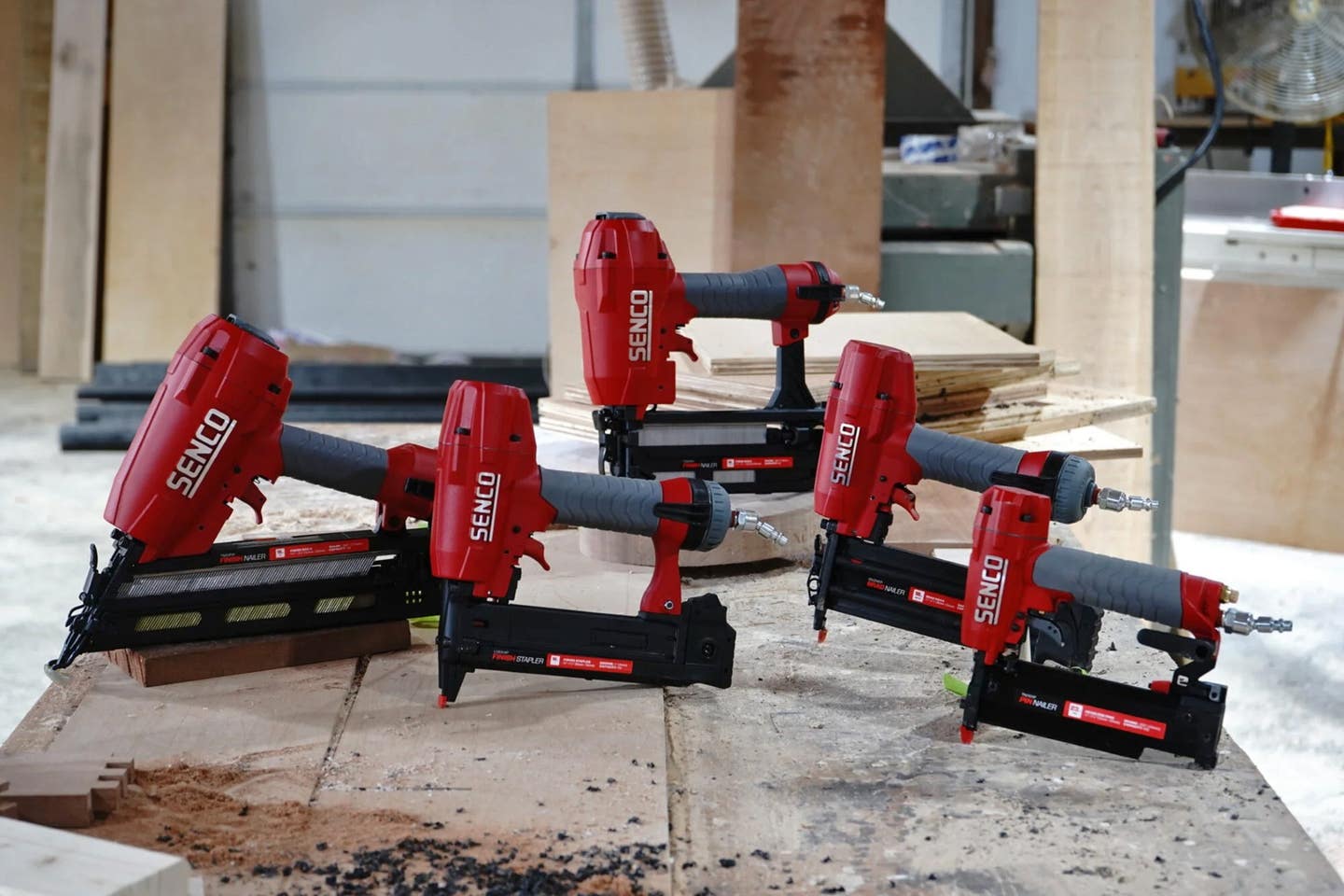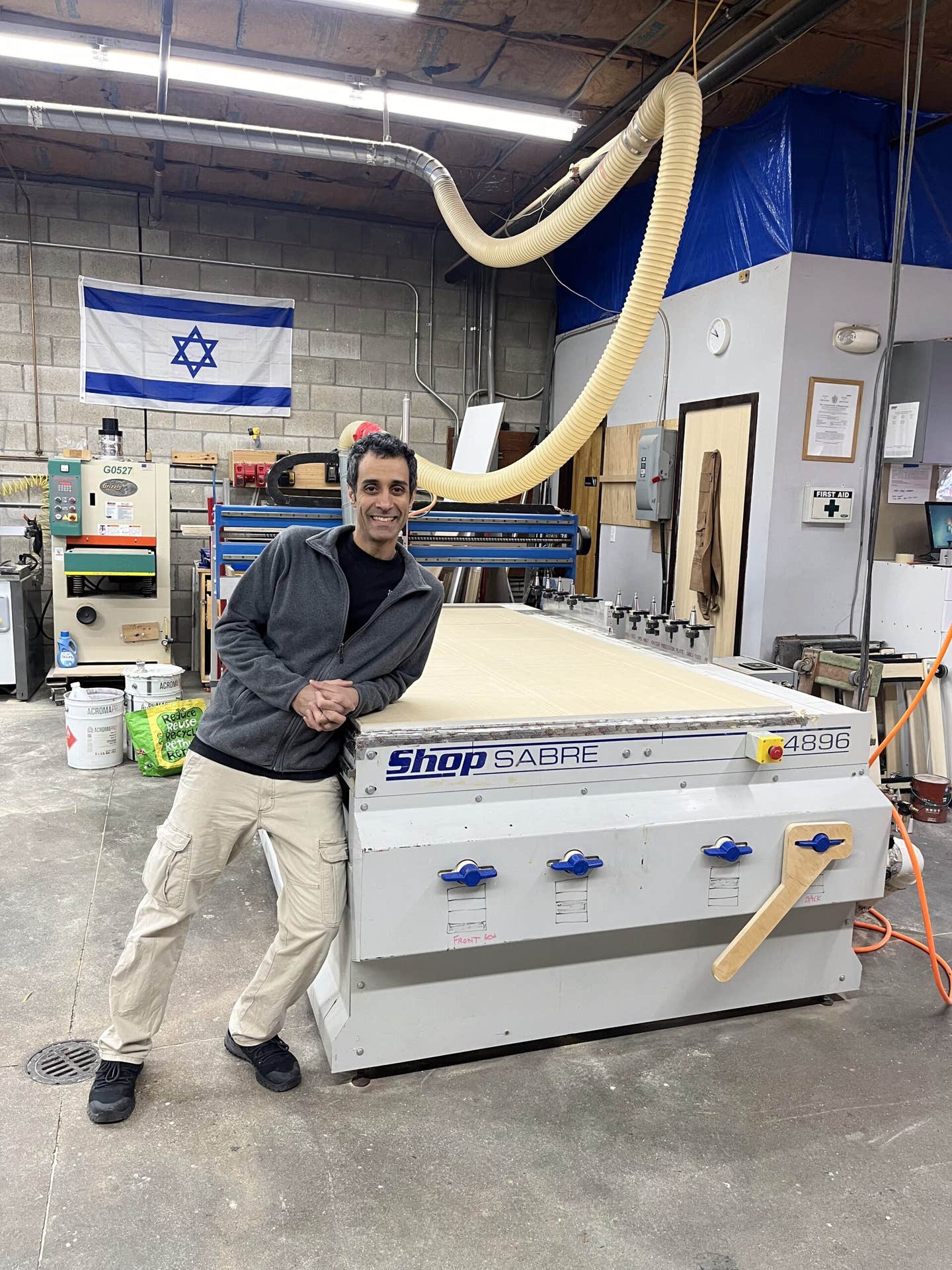Finishing what they’ve started
By now, most woodworkers are quite familiar with the phrase “Industry 4.0”, which describes the current and fourth industrial revolution.
By now, most woodworkers are quite familiar with the phrase “Industry 4.0”, which describes the current and fourth industrial revolution. It refers to technologies that fundamentally affect the way that we manufacture, and includes concepts such as virtual reality, robotics and artificial intelligence. We’re really just entering this new era, but already we have seen a plethora of apps for machines and processes, along with practical advances in additive technology (3D printing) and information solutions such as cloud-based storage.
But what’s interesting when it comes to finishing wood is that we’re not only experiencing profound changes in materials (they keep getting greener) and application methods (they keep getting more efficient). We’re also seeing a concurrent and fundamental shift in design choices.
About half the casework being built today offers something other than a stain and clear coat on hardwoods. Paint, foil, dyes, solid stains and laminates all still play a part, but one shift is becoming a little more eye-catching – the industry is just beginning to use print technology in extraordinary new ways.
It began some years ago with inkjet printing of wood grains on melamine and paper and has evolved so that it now embraces UV and LED updates that allow durable, tough printing directly on wood and wood products. Originally espoused by sign makers, such methods have been extended by laminate flooring manufacturers who have elevated the printing of wood grains to a three-dimensional, textured and tactile art. Such highly customizable techniques are just beginning to be explored in depth by cabinet and furniture builders, and industry leaders are taking note.
For example, Stiles Machinery’s finishing lab in High Point, N.C., is the largest on the continent, and here a woodshop can find all the latest application equipment for flat panels, profiles, three-dimensional parts and edges. But the lab is also working on digital image solutions for the signage market that can print large format, high-resolution images on any substrate, and these are technologies that are beginning to find their way into mainstream casework design.
And custom artwork isn’t limited to substrates that are top-coated. As mentioned in a recent issue, there’s a new process from the Indian manufacturer Merino called Digital Laminate. The concept is intriguing – a cabinet shop can order plastic laminate panels with large-scale photography or graphics, custom manufactured one sheet at a time. A corporate logo or even a family photograph can reach across door fronts or backsplashes and dramatically change the way that a space, and the casework within, both look and feel.
Manufacturing choices are changing, too. Advances in CNC technology and robotics have fueled the growth of outsourcing options for woodshops, where large shops fill small orders. Unlike the woodshops of previous generations, the industry is no longer doing everything in-house. Many shops are already outsourcing most if not all of their cases, doors, moldings and drawers, and having them coated before they arrive. While some doors and faces are still shipped unfinished, most lighter wear surfaces such as drawer sides and cabinet interiors are being UV coated before shipping.
A helping hand
For the outsourcing manufacturers, and for larger custom woodshops doing in-house coating, robotics are already a fact of life. For example, the Superfici Maestro from SCM (scmgroup.com) was inspired by a craftsman’s arm movements. The anthropomorphic robot arm features six axes that can be extended up to 11, and has a working area of 3000 x 3000 mm.
Robots are no strangers to automotive plants, which is where a lot of the spray equipment and techniques found in woodshops came from. Arizona-based Carlisle Fluid Technologies (carlisleft.com) was recently called on by Mitras Automotive in Cheshire, U.K. (a company that makes doors and molded components, as well as auto parts) for a new automated system for its paint plant. The project includes four robot spray booths and an automated conveyor system, 12 Binks Maple horizontal paint circulating pumps, four Ransburg Dynaflow controllers, and DeVilbiss AGMD Pro automatic spray guns.
Booth technology
In-house finishing equipment is also changing for small- to medium-sized shops, and the Ventless (ventless.ca) spray booth is a good example of where greener and more efficient equipment is headed. The Ontario-based company builds booths for woodshops across North America, and each one includes four stages of filtration to capture particulates, while simultaneously scrubbing VOCs from the air stream. These are open-faced boxes where a curtain of air returns to the front of the booth in a downdraft format, instead of importing make up air from outside the building. That makes it a lot less expensive to run these booths during extremes in outside temperatures during summer and winter. Installation is easier, too.
Spray Systems Inc. in Pomona, Calif. (spraysystems.com) makes semi-downdraft booths where the airflow enters through the ceiling near the front of the booth, passes down and across the booth cross-section, and then the exhaust passes through filters near the floor. According to the company, benefits of the semi-downdraft booths are reduced overspray and finish contamination, versatile design and lower installation costs than other downdraft spray booth designs. Spray Systems also points out that there are also some drawbacks and considerations that buyers should think about before making a final selection and discusses these on its site.
Global Finishing Solutions (globalfinishing.com) provides a comprehensive line of paint booths and finishing systems for the woodworking and wood manufacturing industries. The company just posted a blog story on its site titled “How to buy a paint booth”. If you’re shopping, this is a handy resource.
Servair (servair.net) offers its SPB Batch Powder Booths for powder coating, available in standard widths of 6’, 9’, and 12’. They fit flat to building walls, are pre-assembled and offer options such as fluidized collection hoppers and stainless steel working enclosures.
Thermal Engineering Corp. (tecprocess.com) also provides a range of resources for powder coating. These include complete turn-key powder systems including the booth and guns. The booths can be supplied with powder reclaim provisions and manual or automatic application.
New ways to spray
Once a shop has the right spray booth in place, a lot of finishers seem to be turning to a new generation of reduced pressure (RP) guns. The MPX-30 from Fuji Spray (fujispray.com) is a good example. It’s a mid-pressure spray gun that works with a shop’s standard air compressor (rather than requiring a turbine), and it comes in either gravity feed or siphon models. A high-pressure regulator gauge is included, and the recommended operating pressure is 13.8 cfm at 36 psi. The MPX-30 will handle solvent-based coatings, low VOC colors or clear coats, and the stainless steel passages are suitable for water-borne coatings too.
In late January, Graco (graco.com) introduced a series of 46 low pressure tips under the brand name RAC X. They spray large projects at up to 50 percent lower pressure than standard tips, doubling the life of the tips and allowing for less overspray, reduced prep and clean-up time, and easier pattern overlap, according to the company. They can be used with lacquer, varnish, stain, enamel, oil base paints, and latex primers and paints.
Apollo Sprayers International (hvlp.com) is offering customers a free spray gun with the purchase of its Eco, Power and Precision turbine systems, while supplies last.
Grex (grexusa.com) has a couple of new airbrushes for touch-ups, the Genesis XGi (top feed) and XSi (side feed) that were inspired by the way that people hold writing pens. What’s special is the grips, a two-piece set that slips onto the airbrush’s main body and trigger. Made of a silicon-based polymer that’s impervious to most solvents, its soft enough to relieve finger and hand pressure points, yet firm enough to provide a decent grip and great control.
Sames Kremlin (sames-kremlin.com) has just announced a soon to be released electrostatic isolation system for water-based paints that is designed to be exceptionally user friendly. Woodworkers will be able to easily access all remote controls located directly on the front of the isolation box, check everything at one glance, and adjust all relevant settings as needed. Shops can go online and subscribe if they want to be notified when it’s available.
The bottom line is that Industry 4.0 means the future is already here. While some customers will always love the look and feel of real wood, new technologies are already offering our customers some choices that will force woodshops to re-examine the equipment used for in-house finishing.
For more about manufacturers and suppliers of finishing equipment, visit our online resource guide at www.woodshopnews.com.



